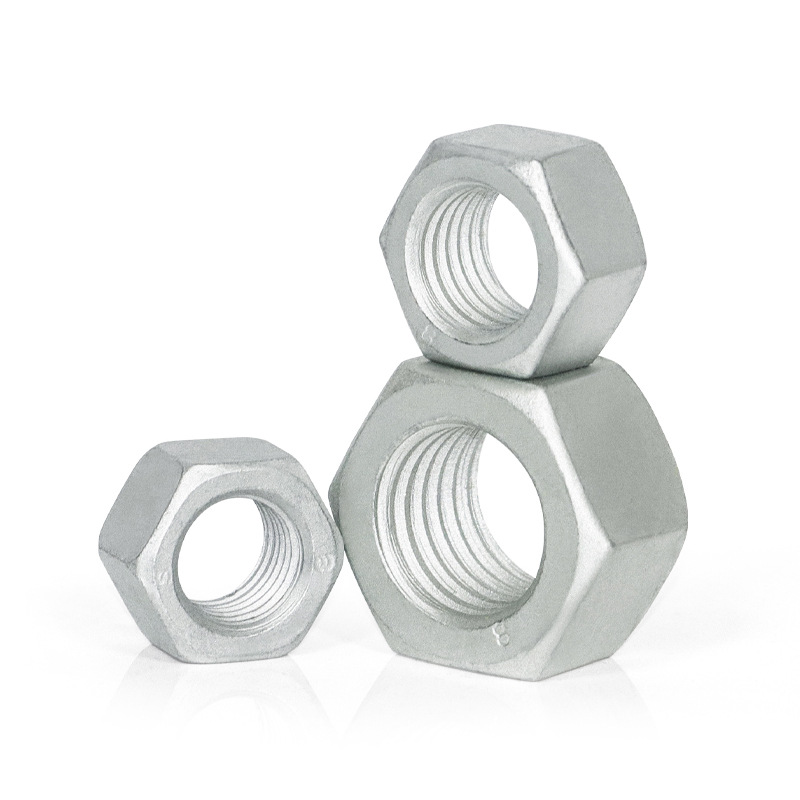

different types of fasteners
12月 . 28, 2024 06:56 Back to list
different types of fasteners
Understanding Different Types of Fasteners A Comprehensive Guide
Fasteners are essential components used in various industries to hold objects together securely. They come in different types, materials, and designs, each tailored for specific applications and requirements. Understanding the different types of fasteners can help you choose the right one for your project, ensuring safety, durability, and efficiency.
1. Bolts
Bolts are among the most commonly used fasteners. These are cylindrical rods with a head on one end and threads on the other. They are designed to be inserted through two or more components and secured with a nut. Bolts come in various grades, such as grade 2, grade 5, and grade 8, indicating their strength and suitability for different applications. They are widely used in construction, automotive, and machinery applications due to their strong holding capacity.
2. Nuts
Nuts complement bolts and come in various shapes and sizes. The most common type is the hex nut, which has six sides and fits onto the threads of a bolt. Other types include lock nuts, which prevent loosening, and wing nuts, which can be easily tightened or loosened by hand. Nuts are crucial for securing bolts and are often made from materials like steel, brass, or nylon to suit different environments.
3. Screws
Screws are versatile fasteners that differ from bolts primarily in their design and how they are employed. Unlike bolts, screws are threaded along their entire length and can be driven directly into materials without the need for a nut. Wood screws, machine screws, and self-tapping screws are common types, each designed for specific materials and purposes. For instance, wood screws have sharp tips to penetrate wooden surfaces, while machine screws are used with a nut or tapped hole in metal components.
4
. Washersdifferent types of fasteners

Washers are small, flat discs with a hole in the center, typically placed between a fastener and the surface to prevent damage and distribute the load. They come in various types, including flat washers, lock washers, and spring washers. Flat washers provide a smooth surface for the nut or bolt, while lock washers apply pressure to maintain tension and prevent loosening. Spring washers, on the other hand, can absorb shocks and vibrations, making them ideal for high-stress applications.
5. Rivets
Rivets are permanent fasteners used primarily in structural applications, such as aircraft and bridges. Consisting of a smooth cylindrical shaft and a mandrel, rivets are inserted into aligned holes and deformed on the opposite side to create a secure joint. They are known for their strength and reliability and can be made from steel, aluminum, or other alloys, depending on the required strength and corrosion resistance.
6. Anchors
Anchors are specialized fasteners used to secure objects to walls, ceilings, or floors. They are particularly useful in situations where a secure hold is needed in materials like drywall, concrete, or brick. Types of anchors include expansion anchors, which expand against the sides of the hole when a screw is tightened, and toggle bolts, which provide strong support for hanging items. Anchors ensure that the mounted object remains stable and secure, even under stress or load.
7. Clips and Clamps
Clips and clamps are fasteners used to hold items in place. Clips can be spring-loaded or fixed, providing quick and easy attachment without additional hardware. Common examples include paper clips and wire clips used in electrical applications. Clamps, such as C-clamps and hose clamps, are designed to hold larger items together or secure hoses and pipes. They offer a temporary or permanent solution for organizing and securing components.
Conclusion
In summary, fasteners play a crucial role in construction, manufacturing, and everyday applications. Each type of fastener serves a unique purpose, whether it’s providing structural integrity, facilitating assembly, or securing components in place. Understanding the various types of fasteners and their appropriate uses can greatly enhance the quality and reliability of your projects. When choosing fasteners, consider factors such as material, strength, and application to ensure optimal performance and longevity. With this knowledge, you can confidently select the right fasteners for any task, ensuring a secure and successful outcome.
Latest news
-
Premium Fasteners Manufacturer | AI-Driven Solutions
NewsAug.01,2025
-
Hot Dip Galvanized Bolts - Hebei Longze | High Strength, Corrosion Resistance
NewsAug.01,2025
-
High-Strength Hot Dip Galvanized Bolts - LongZe | Corrosion Resistance, Custom Sizes
NewsAug.01,2025
-
Best Self Tapping Screws for Drywall - Fast & Secure Installation
NewsJul.31,2025
-
High-Strength Hot Dip Galvanized Bolts-Hebei Longze|Corrosion Resistance&Customization
NewsJul.31,2025
-
Hot Dip Galvanized Bolts-Hebei Longze Metal Products|Corrosion Resistance&High Strength
NewsJul.31,2025

